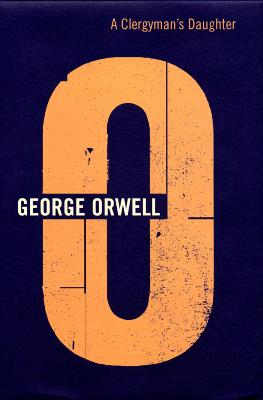Volume 3 of The Complete Works of George Orwell
No one has ever been as severe as George Orwell himself as to the merits of A Clergyman’s Daughter. He didn’t want this, his second novel, reprinted and he had, he once said, ‘made a muck of it’. Orwell’s disenchantment may in part stem from the way the book was – to use his favourite word for this process – ‘garbled’ during its passage from the typescript to print. Thus A Clergyman’s Daughter became for him a deformed child: others also ‘made a muck of it’.
Although it is generally agreed that Orwell did not effectively reconcile the sections of this novel, the development of the narrative was greatly hindered by the effects of censorship. This arose from the publisher’s understandable fears at the time that the book as submitted would lead to actions for libel, defamation and obscenity. In consequence, many pages were ‘toned down’ (again, Orwell’s words), what was specific was made vague and unlocalised, and Dorothy’s crucial loss of memory left unexplained.
The discovery of details of cuts and changes required – most important of which is Mr Warburton’s attempt to rape Dorothy – make it possible to assess A Clergyman's Daughter afresh. Some passages can be restored precisely; whole areas of change can be identified though not restored. As a result, Dorothy’s ‘little odyssey’, her loss of faith and her subsequent resigned acceptance of her lot, can at last be read with a far clearer understanding of what Orwell intended. No one who reads A Clergyman's Daughter can ever regard the plight of those who exist homeless and adrift in a great city in the same way again, especially in the bitter cold of winter. Here Orwell is unforgettable: nowhere else does he write with quite such poignancy.
- ISBN10 0436231298
- ISBN13 9780436231292
- Publish Date 15 July 1999 (first published 1 January 1935)
- Publish Status Active
- Publish Country GB
- Publisher Vintage Publishing
- Imprint Martin Secker & Warburg Ltd
- Format Hardcover
- Pages 306
- Language English
